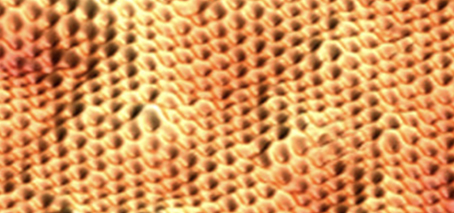The future of ultra-low resistance semiconductor junctions in novel low-energy electronics is looking good after a recent study took a very close look at band alignment.
FLEET is using two-dimensional materials in the search for new electronics devices that will carry electrical current without losing the significant energy dissipated in current, silicon technology.
The new electronic devices developed at FLEET will be formed of two different types of two-dimensional (2D) materials.
It is therefore important to study the processes that happen at junctions between these different 2D materials. This has proven to be very difficult in the past because of the lack of direct observations.
In a recent study, FLEET researchers used three microscopy techniques to look at the junction between 2D sheets of graphene and 2D sheets of tungsten disulphide.
Their studies found a more favourable band alignment for the junction that had previously been assumed.
This indicates that graphene-tungsten disulphide junctions could be promising as very low-resistance contacts used in future thin-film transistors.
The study was published in American Chemical Society Nano in February 2017.
Lead author Changxi Zheng and co-author Bent Weber are both ARC DECRA Fellows. Co-authors Qiaoliang Bao and Michael Fuhrer are FLEET Chief Investigators based at Monash University and FLEET Associate Investigator Bent Weber is currently based at Nanyang Technological University Singapore.

